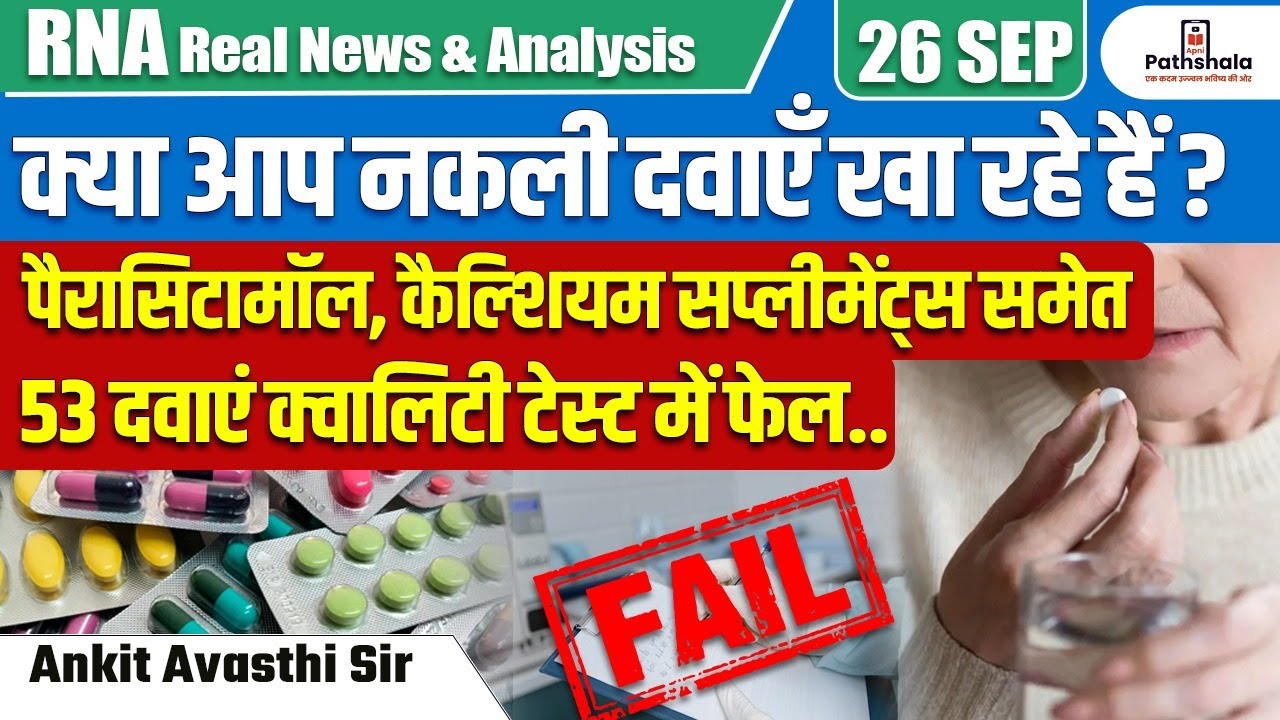Remember drug names easily | Drugs with multiple suffixes
Summary
TLDRThe video discusses 21 drug categories, focusing on common suffixes that help identify drugs within each category. It highlights suffix patterns like '-sartan' for angiotensin receptor blockers (ARBs), '-stigmine' for cholinesterase inhibitors, and '-mycin' for aminoglycosides. The video also mentions exceptions to these rules, emphasizing that not all drugs in a category follow the typical suffix. By understanding these suffixes and exceptions, viewers can better remember drug classifications, making it easier to study and categorize medications across different therapeutic classes.
Takeaways
- 💊 Certain drug categories can be identified by their suffixes. For example, 'sartan' indicates Angiotensin Receptor Blockers (ARBs), like olmesartan.
- 💡 Not all drugs in a category strictly follow the expected suffixes. Some drugs are exceptions, such as physostigmine being an exception in the 'stigmine' suffix category for cholinesterase inhibitors.
- 💉 Aminoglycoside antibiotics typically have the suffixes 'mycin' or 'micin', but amikacin is an exception.
- 🚫 Anti-androgens commonly end in 'utamide', but bicalutamide is an exception with a different suffix.
- 💤 Benzodiazepines often have the suffixes 'azepam' or 'azolam', but chlordiazepoxide is an exception.
- 💨 Beta-2 agonists typically end in 'terol', with one exception being indacaterol.
- 🦴 Bisphosphonates have the suffix 'dronate', but zoledronic acid is an exception with a different suffix.
- 🌬 Corticosteroids generally end in 'sone', 'lone', or 'sonide', though there are exceptions like cyclosporine.
- 🦠 DNA polymerase inhibitors usually end in 'clovir', but drugs like foscarnet and idoxuridine deviate from this pattern.
- ⚠️ Many drug categories have multiple suffixes, and some drugs within those categories may have unique or different suffixes, serving as exceptions to the rule.
Q & A
What does the suffix '-sartan' indicate in drug names?
-The suffix '-sartan' indicates that the drug belongs to the Angiotensin II Receptor Blockers (ARBs) category, which are used to block angiotensin receptors and help manage hypertension.
Can all acetylcholinesterase inhibitors be identified by the suffix '-stigmine'?
-No, while many acetylcholinesterase inhibitors have the suffix '-stigmine' (e.g., physostigmine, neostigmine), there are exceptions like edrophonium and donepezil, which do not follow this pattern.
What are some examples of antibiotics that belong to the aminoglycosides category, and what suffixes do they use?
-Aminoglycosides commonly have the suffixes '-mycin' (e.g., streptomycin, neomycin) and '-micin' (e.g., gentamicin). However, amikacin is an exception with a different suffix.
What suffix is typically found in anti-androgen drugs, and are there exceptions?
-Anti-androgen drugs often have the suffix '-utamide' (e.g., flutamide, nilutamide). However, there are exceptions like spironolactone, which is an anti-androgen without this suffix.
What suffixes do inhalation anesthetics typically end with?
-Inhalation anesthetics usually end with the suffix '-flurane' (e.g., sevoflurane, desflurane), but exceptions like halothane and nitrous oxide do not follow this pattern.
Which drugs are classified under corticosteroids based on their suffixes?
-Corticosteroids often have the suffix '-sone' (e.g., dexamethasone, prednisone) or '-olone' (e.g., prednisolone). Other corticosteroids like cyclosporine end with different suffixes.
What are the common suffixes found in fibrinolytic drugs?
-Fibrinolytic drugs generally end with '-plase' (e.g., alteplase, reteplase) or '-kinase' (e.g., streptokinase, urokinase).
How can one identify beta-2 agonists from their suffixes?
-Beta-2 agonists usually have the suffix '-terol' (e.g., albuterol, formoterol). However, there are exceptions like isoprenaline which do not follow this suffix.
What suffix is common for loop diuretics, and are there exceptions?
-Loop diuretics often end with the suffix '-semide' (e.g., furosemide, torsemide). However, drugs like bumetanide and ethacrynic acid are exceptions.
What is a common suffix for prostaglandin analogs, and can you provide examples?
-Prostaglandin analogs generally have the suffix '-prost' (e.g., latanoprost, bimatoprost). Misoprostol is an exception with a different suffix.
Outlines

Cette section est réservée aux utilisateurs payants. Améliorez votre compte pour accéder à cette section.
Améliorer maintenantMindmap

Cette section est réservée aux utilisateurs payants. Améliorez votre compte pour accéder à cette section.
Améliorer maintenantKeywords

Cette section est réservée aux utilisateurs payants. Améliorez votre compte pour accéder à cette section.
Améliorer maintenantHighlights

Cette section est réservée aux utilisateurs payants. Améliorez votre compte pour accéder à cette section.
Améliorer maintenantTranscripts

Cette section est réservée aux utilisateurs payants. Améliorez votre compte pour accéder à cette section.
Améliorer maintenantVoir Plus de Vidéos Connexes

Penggolongan Obat

क्या आप नकली दवाएँ खा रहे हैं? पैरासिटामॉल कैल्शियम सप्लीमेंट्स समेत 53 दवाएं क्वालिटी टेस्ट में फेल

Effect Of Various Drugs On Dog Blood Pressure And Heart Rate l MBBS Experimental Pharmacology

Medicinal Chemistry | B Pharm 5th Semester | Introduction | Imperfect Pharmacy

Therapeutic Drug Monitoring: Intro to TDM - clin chem review

Bahaya Narkoba Bagi Remaja dan Pelajar || Materi BK Kelas 8 Semester 2
5.0 / 5 (0 votes)
